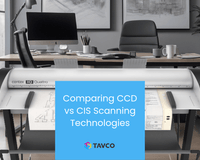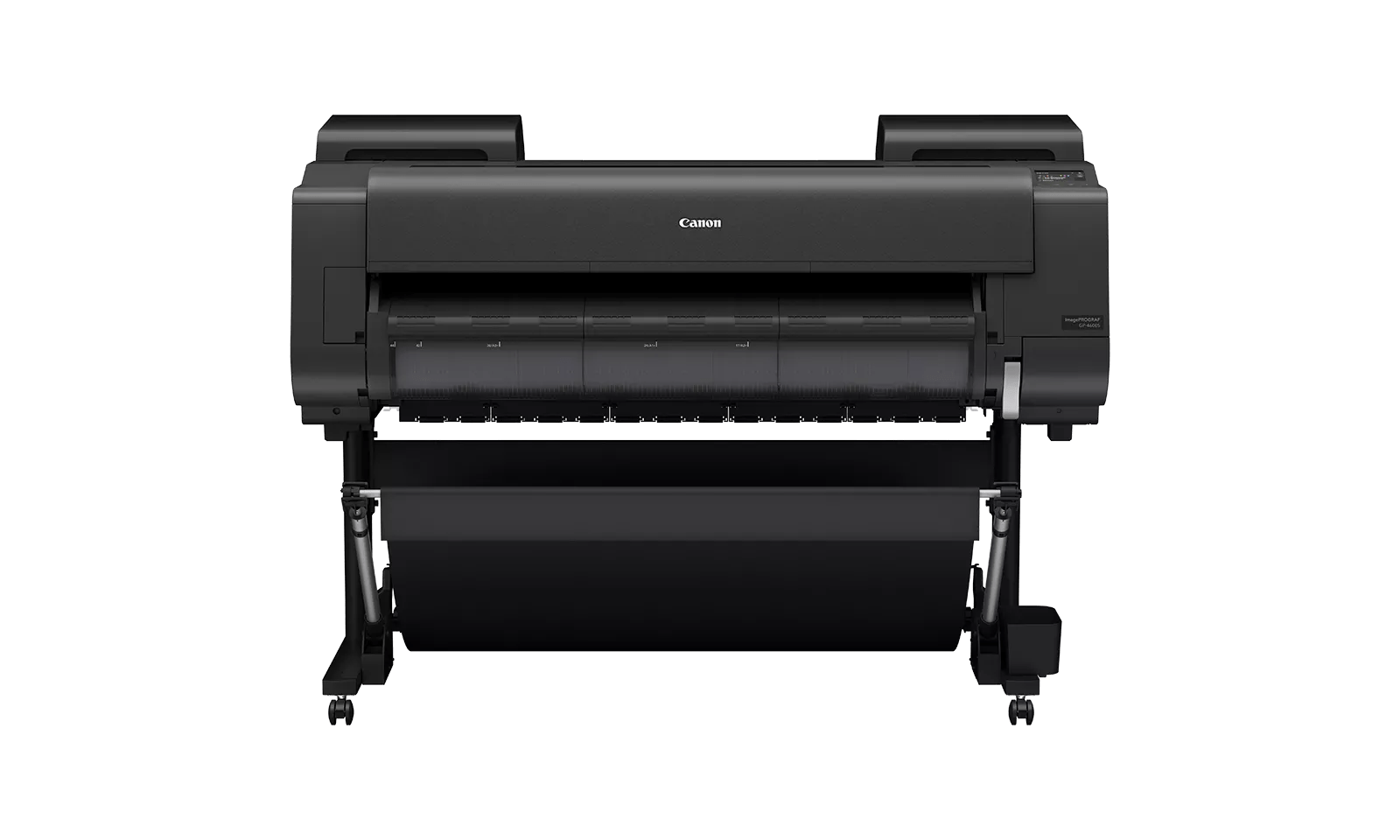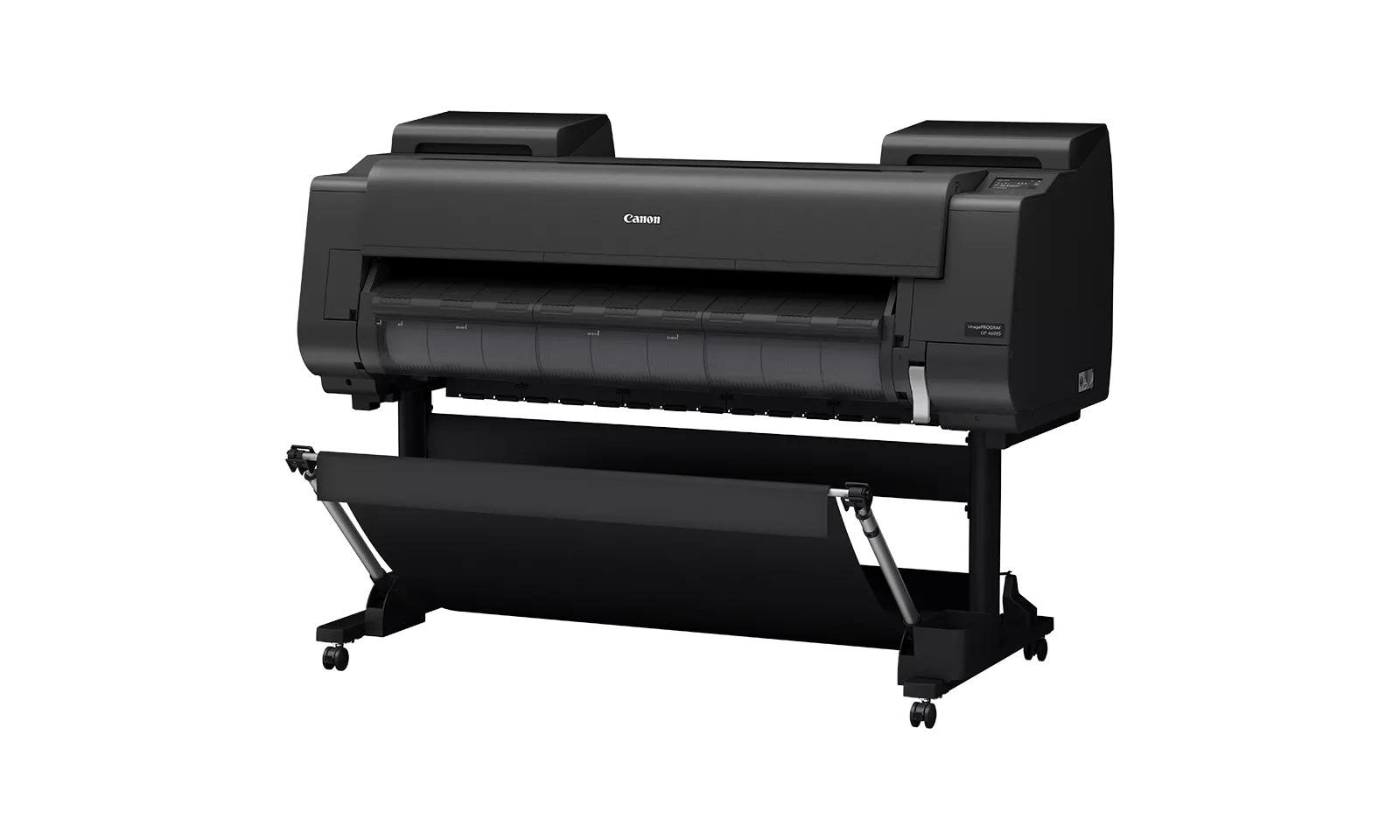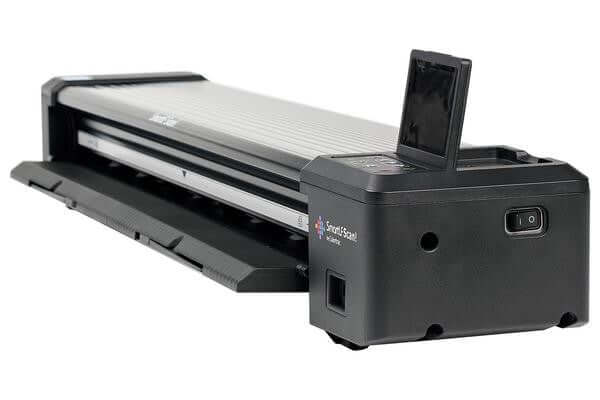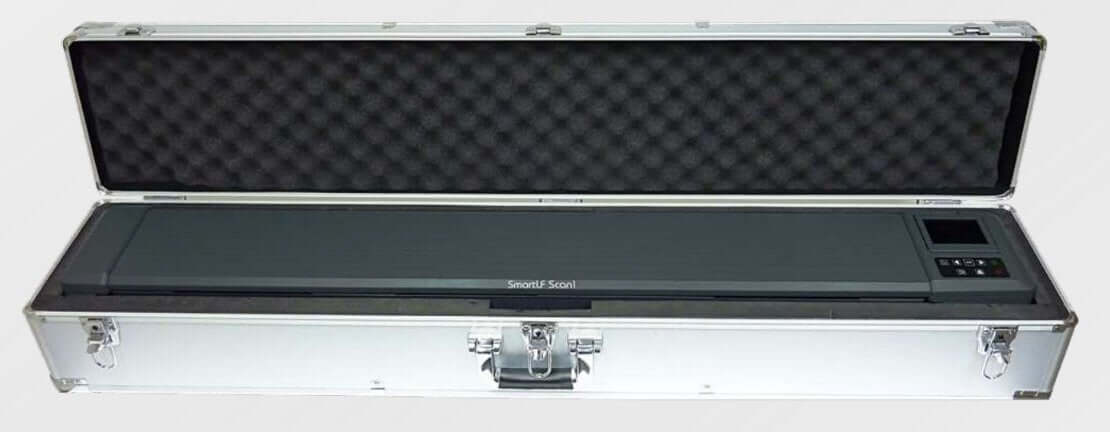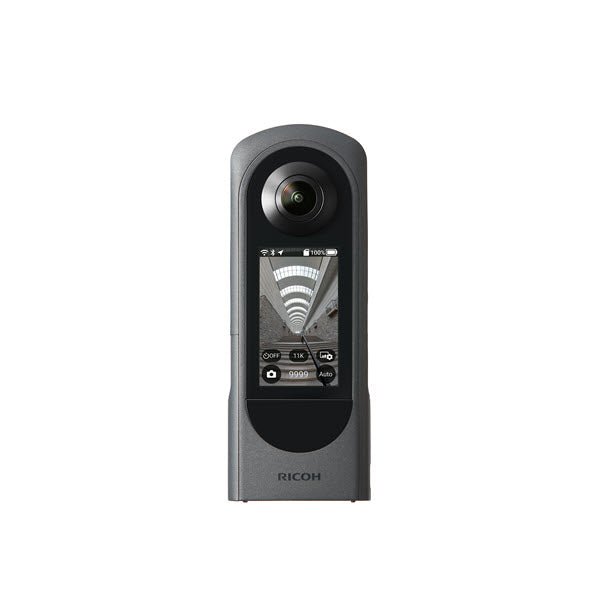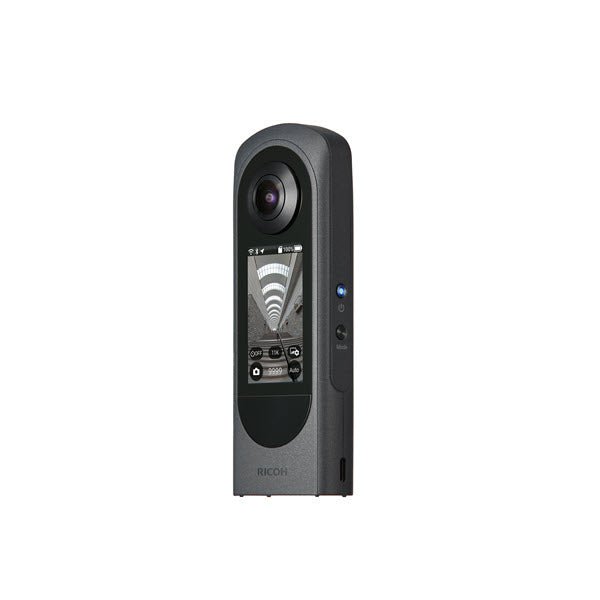Large-format printers, also called plotters, are essential tools for many businesses. They allow them to print large documents, architectural drawings, photos, and other materials quickly and easily quickly and easily.
But like any technology, printers have a limited lifespan and eventually need to be replaced. So, how often should large-format printers be replaced?
The answer depends on several factors. These factors include the type of printer, its usage, and the quality of its maintenance. Here are a few general benchmark rules to help you determine when it's time to replace your printer:
Inkjet Plotters
These are the most common type of printer and are used for home or small business use. Inkjet printers typically last for several years, with some models staying 5-6 years.
Considering the manufacturers' extended warranty guidelines, Canon offers three years of comprehensive coverage, and HP will offer up to five. So, these are some excellent initial benchmarks to start.
Toner Plotters
Toner-based plotters are generally more expensive than inkjet printers. Still, they can be more durable and have a longer lifespan. One caveat, it is essential to point out that toner machines are much more mechanical than inkjet machines and require more service.
Usually, companies that invest in a toner plotter system also get an ongoing service contract from an authorized service provider.
[ Contact us to get a new plotter quote ]
Usage
In addition to the type of printer, the frequency of use can also affect its lifespan. Using your plotter regularly will naturally wear out faster than a printer used only occasionally.
Even with a service contract, excessive wear can result in higher service renewal rates. Depending on the situation, buying a larger machine for a higher volume can make more financial sense than pumping maintenance money into your old plotter.
Preventative Maintenance
Whether you have an inkjet or a toner plotter, proper ongoing preventative maintenance is crucial for extending the lifespan of any printer. This maintenance includes regular cleaning, replacing worn parts, and using high-quality ink or toner. If you maintain your printer well, it may last longer and needs replacing less frequently.
Technology Changes
Sometimes older plotters can be mechanically sound but become obsolete because of technological shifts. A typical example of this is a sweeping change in PC operating systems.
An example was when most IT departments made Windows 10 standard across their enterprise. As a result, print drivers on legacy machines that did not have a compatible driver became obsolete. So, sometimes other office technologies require upgrading to a newer plotter.
Workgroup Plotter Upgrade Options
Explore these latest-generation inkjet systems that can replace either an old inkjet or a legacy toner machine.
HP DesignJet XL3600

This 2-roll plotter is either a printer-only configuration or a full-function MFP with a scanner and controller PC.
The XL 3600 is a favorite with IT departments because it features excellent network protection with features like HP Secure Boot and whitelisting.
The DesignJet XL is also fast, with the first page out, in just 29 seconds.
Learn more about the HP DesignJet XL3600
HP DesignJet T2600

The T2600 is a favorite among AEC, GIS, and MCAD users. It is a compact, quiet MFP that supports collaboration with an intelligent interface and access to shared folders.
Its small footprint lets it fit easily into office environments; it is one of the quietest systems available today. Fans of this unit love how they can print precise line drafts to boldly colored 3D renderings with HP Bright Office Inks.
Learn more about the HP DesignJet T2600
Canon TZ-30000 MFP

The Canon TZ-30000 is a 36-inch-wide printer capable of printing 4 D-sized sheets per minute. Plus, it is fast, printing the first sheet out in as little as 14 seconds. This speed outclasses the performance of most outdated LED toner plotters out there.
As with all Canon printers, you get excellent image quality from the 5-color TD pigment ink set. This ink produces fine lines and sharp text on coated and non-inkjet paper. Combine this pigment ink with water-resistant paper, and you have a printed drawing that can withstand outdoor conditions.
Learn more about the Canon TZ-30000 MFP
Summary
The frequency with which you should replace your printer will depend on various factors, such as overall usage, maintenance history, and your overall needs. If you use your printer regularly and maintain it well, it may last several years. However, if you use your printer heavily or neglect its maintenance, you may need to replace it more often.
In addition, technology paradigm shifts, such as a change in OS, can instantly relegate legacy machines obsolete. So, keep an eye on your printer and replace it when necessary to ensure the best performance to meet your company's needs.
Have questions or need expert guidance?




